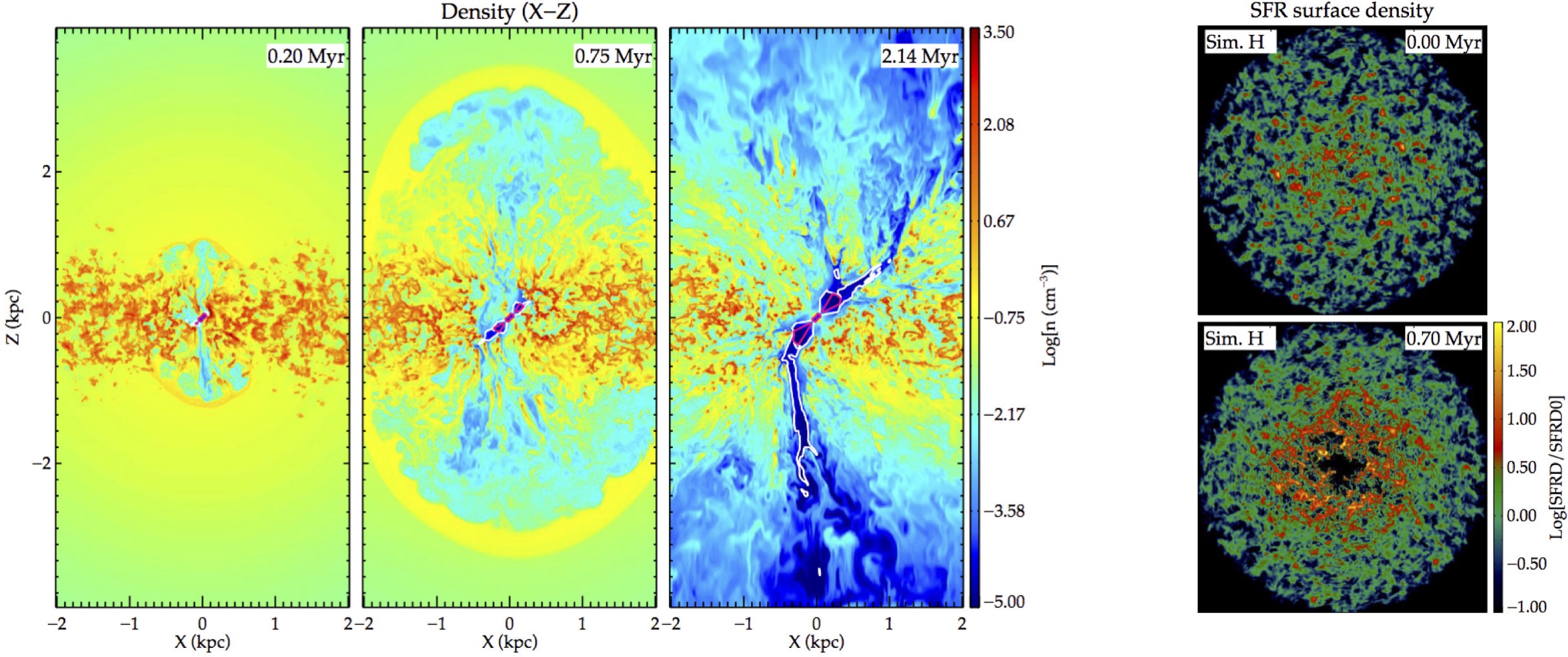つくば宇宙フォーラム
第99回

AGN Feedback in Gas-Rich Galaxies
アレックス・ワグナー 氏
筑波大学 宇宙理論研究室
要旨
The currently accepted theory of galaxy formation relies on a cycle of “feeding” and “feedback” between the central supermassive black hole and the galactic interstellar medium. The feedback cycle is likely most important at the peak of galaxy formation around redshifts of 2~3 during which galaxies are clumpy and gas-rich. We have been studying the effects of outflows driven by an active galactic nuclei (AGN) through jets, winds, and radiation on the interstellar medium of galaxies by means of large three-dimensional hydrodynamic simulations. Feedback efficiencies were found to be sensitive to many properties of both galaxies and the driver of the outflow, such as clumpiness and AGN power. A picture is beginning to emerge in which AGN feedback may be mediated more through the generation of turbulence rather than bulk outflows as traditionally thought.





 Ja En
Ja En